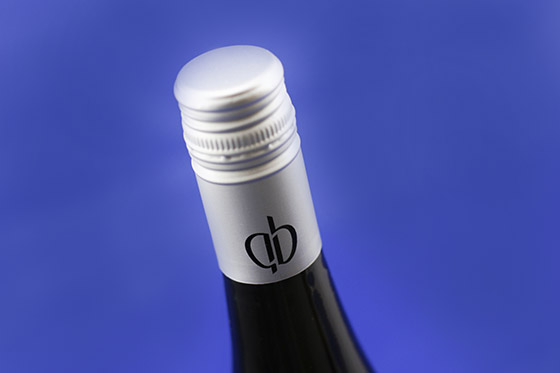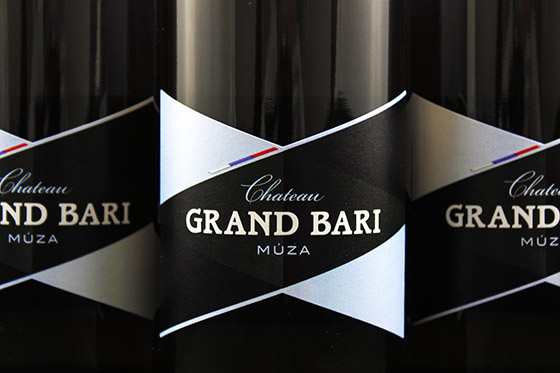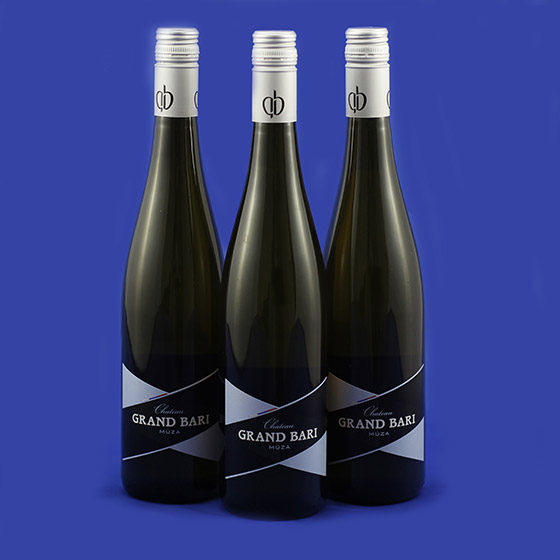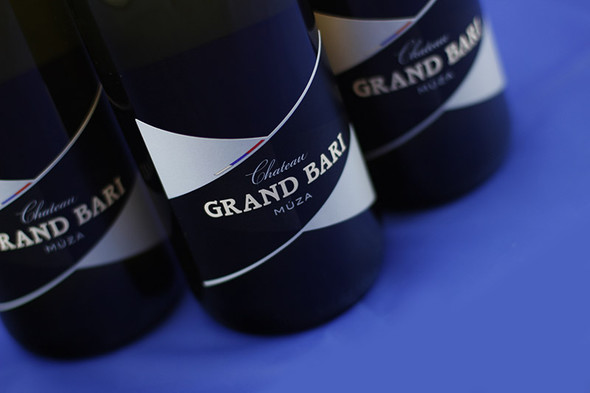Previous articles have dealt with labels and bottles planned or actually created as college assignments or competition projects. The below example is similar though a little different.

What do most wine lovers do when coming across a product that they do not know? They check out the variety, the place of origin, the wine region but the first impression they get is the looks. The shape of the bottle, the colours, the capsule and the label. Finally, if they like what they see, they take the wine off the shelf, read the name and all additional information. This is why the name of the cellar or the product itself is as important as the bottle shape or the colours used. Personally, I have always loved brands that do not only focus on appearances but that I can relate to emotionally or which ignite my imagination. Apart from data provision, the packaging is good if it helps to understand and get to know the wine better.
Chateau Grand Bari cellar from Slovakia followed the same logic, so they invited applications to name their latest Cuvée.

The requirements were as follows:
- The name of the new wine must be short and easy to remember
- The wine is the Cuvée of Muscat and Zéta varieties
- It should represent both the feminine and masculine sides
I have asked Peter Drotár, the winner of the competition about how he created the name.
I’ve started playing with the words, making up various combinations. This is how the word Múza (Muse), Mú (Muškát) za (Zéta) was born.

I think this name fits the concept perfectly because both the names of the cellar and the wine refer back to the past, the bow tie is a constant element that appears in the whole assortment, bridging the gap between the past and modern life.






